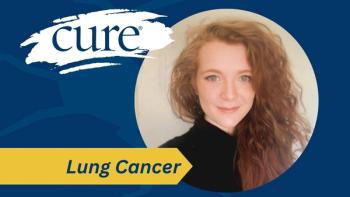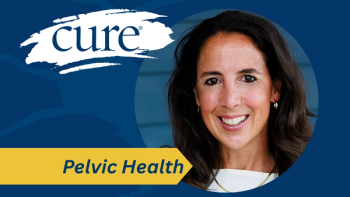
- Summer 2009
- Volume 8
- Issue 2
Web Exclusive: Fertility Guidelines Not Meeting Needs of Patients
ASCO fertility guidelines are still not yet widely followed.
In 2006, the American Society of Clinical Oncology, the largest professional organization of oncologists in the world, issued guidelines to its members outlining recommendations on discussing infertility issues with their patients. Unfortunately, a national survey of physicians presented at the 2009 annual ASCO meeting in Orlando showed there is still much work to be done, as many physicians still do not discuss fertility issues with their patients.
The 2006 guidelines included addressing infertility risks from cancer treatment and options for preserving fertility, such as sperm banking and freezing embryos, as well as referrals to reproductive specialists before beginning cancer treatment. While the guidelines spelled out the first official recommendations given by ASCO on addressing infertility with patients, the 2009 survey results show they are not being widely followed.
Gwendolyn P. Quinn, PhD, lead author of the analysis, said that of the more than 600 oncologists who responded to the survey, only two-thirds were aware of the ASCO guidelines. And while 79 percent reported that they talked about fertility issues with their patients, discussions weren’t uniform and ranged from brief mentions of infertility risk to in-depth discussions and referrals to reproductive specialists.
Concerns about insurance coverage for fertility preservation, costs, and the immediate need to start cancer treatment were some of the reasons oncologists listed as reasons they did not discuss fertility with their patients.
Kutluk Oktay, MD, a leading fertility expert and director of the division of reproductive medicine and infertility at New York Medical College, provided the discussion during the ASCO Patient and Survivor Care session, which included Quinn’s presentation. Oktay noted the guidelines may be too conservative—leaving the decision to discuss fertility preservation up to individual doctors who may not be getting the job done. He questioned whether it was already time to update the guidelines, including adding stronger recommendations and newer preservation techniques.
Oktay, who served as a co-chair of the committee that created the guidelines, expressed dismay during his talk when he noted that in Quinn’s survey, 38 percent of physicians had never heard of the ASCO fertility guidelines. “We’re clearly doing something wrong or we’re missing something here,” he said.
His suggestions included updating and promoting the guidelines, developing focused programs at cancer centers, and training nurses. One of Oktay’s suggestions is already in the works. Quinn and her colleagues have applied for a grant to train oncology nurses with a program that would better prepare them to discuss infertility and make referrals to fertility specialists.
“While physicians certainly need to present this information [to patients], nurses may be the more appropriate provider at the time to have the lengthy conversation and follow-up that needs to be had, as well as make the referral to the reproductive endocrinologist,” said Quinn during her presentation. “We continue to look for ways to facilitate these discussions between physicians and cancer patients.”
Articles in this issue
over 16 years ago
Web Exclusive: Find a Clinical Trial That's Right for Youover 16 years ago
Web Exclusive: Find a Clinical Trial That's Right for Youover 16 years ago
Web Exclusive: A Q&A with an Extraordinary Healerover 16 years ago
Web Exclusive: Types of Kidney Cancerover 16 years ago
Web Exclusive: Helpful Adviceover 16 years ago
Web Exclusive: Developing a Strategyover 16 years ago
Web Exclusive: Searching for New Targetsover 16 years ago
Web Exclusive: When Survivors Should Exercise Cautionover 16 years ago
Web Exclusive: A Peaceful Spiritover 16 years ago
Web Exclusive: The Voice on the Other End of the Phone



